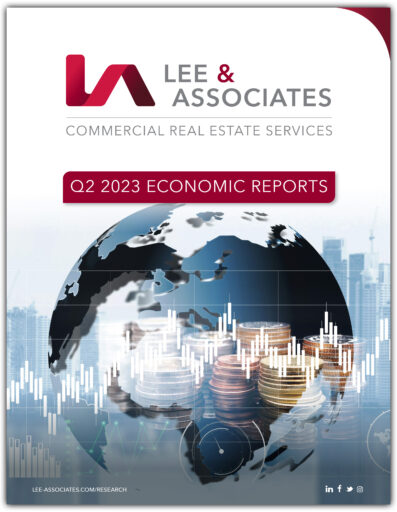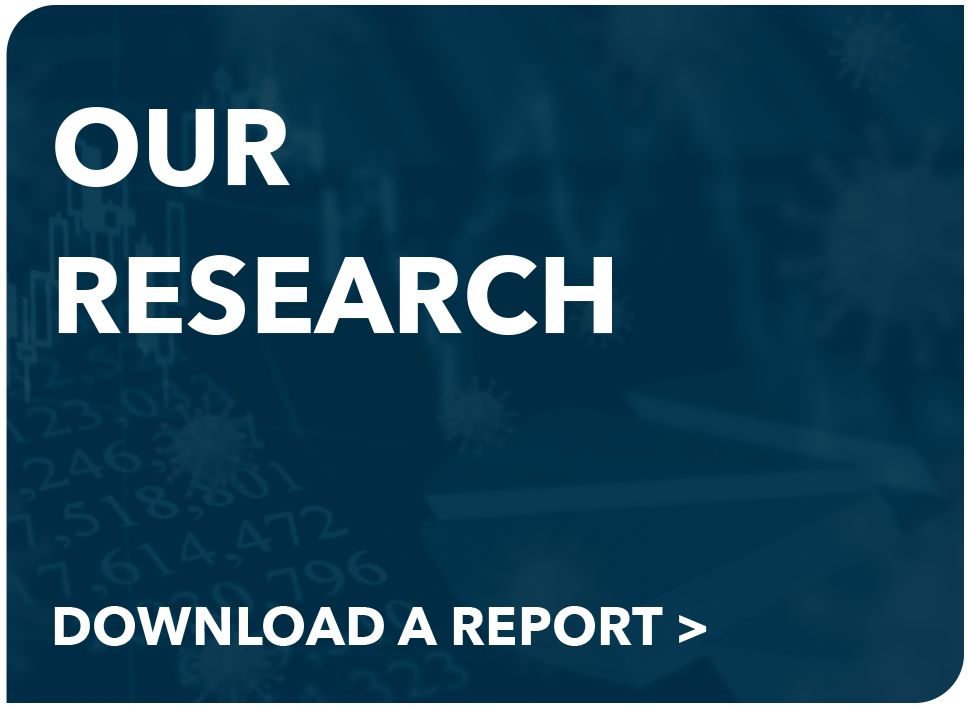GDP GROWTH:
The Commerce Department said the U.S. economy grew at a 2.4% annual rate in the second quarter, an increase from the 2% gain in Q1, defying both expectations and attempts by the Federal Reserve to slow it down to curb inflation.
Economists are now scaling back their prediction that national output will be pushed into a recession this year due to recent interest rate hikes by the Federal Reserve to reduce inflation. The central bank has raised the benchmark rate 11 times since last year. A unanimous decision in late July by the Federal Open Market Committee raised the benchmark rate to a range of 5.25% to 5.5%, a 22-year high.
Meanwhile, inflation was held in check in the second quarter. The personal consumption expenditures price index gained 2.6%, down from a 4.1% first-quarter rise and well below the Dow Jones estimate for a gain of 3.2%. “It’s great to have another quarter of positive GDP growth in tandem with a consistently slowing inflation rate,’’ said Steve Rick, chief economist at TruStage. “Consumers are getting a reprieve from the rising costs of core goods, and the U.S. economy is off to a stronger start to the first half of the year.”
Increasing the cost of capital historically serves as a brake on growth. Nevertheless, healthy consumer spending fueled the Q2 improvement, aided by gains in nonresidential fixed investment, government spending and inventory growth. Consumers opened their wallets by spending on both services and goods. Within services, the leading contributors to the increase were housing and utilities, health care, financial services and insurance, and transportation services. Within goods, the increase was led by recreational products and vehicles as well as gasoline and other energy goods. READ MORE >
EMPLOYMENT:
The unemployment rate remained virtually unchanged even as job growth eased in June with payrolls increasing by 209,000, less than expected, and down from 306,000 new positions the previous month.
Average hourly earnings grew 4.4% in June from a year earlier, well above the pre-Covid pace of growth.Through the first half of 2023, payrolls have grown an average of 278,000 a month, down from nearly 400,000 last year.
The Labor Department said employers posted 9.8 million job vacancies, off from 10.3 million in April. But layoffs fell slightly, and more Americans quit their jobs, which analysts called a sign that workers were confident they could improve their pay or working conditions with a different employer.
Job openings fell in healthcare, insurance and finance. But there were more jobs available in education and government.
The Labor Department’s Job Openings and Labor Turnover Survey continues to reflect a gradually slowing yet still-robust labor market, one that is cooler than a year ago but still elevated. Demand for new hires remains strong and employers are still holding onto the workers they have.
Monthly job openings – which never topped 8 million prior to 2021 – remain high by historic standards. This is despite the Federal Reserve’s aggressive credit tightening campaign to cool the American labor market and combat the highest inflation in four decades. Consequently, economists have predicted the United States would tumble into recession this year. But the job market’s persistent sturdiness has helped raise fresh doubts about the inevitability of a downturn. READ MORE >
MONETARY POLICY:
Following the latest Federal Open Market Committee meeting June 7, Federal Reserve officials signaled they are likely to increase borrowing costs by 0.5% by the end of 2023. The Fed’s benchmark borrowing rate currently is pegged between 5%-5.25%.
The Fed has hiked its benchmark short-term interest rate 10 times since March 2022, but Chairman Jerome Powell said the central bank still has more work to do.
“Inflation has moderated somewhat since the middle of last year,” Powell said. “Nonetheless, inflation pressures continue to run high, and the process of getting inflation back down to 2% has a long way to go.”
Powell’s remarks came a week after FOMC officials decided for the first time in more than a year not to push rates higher. He said the move likely was just a brief respite and not an indication the Fed is done hiking.
“Nearly all FOMC participants expect that it will be appropriate to raise interest rates somewhat further by the end of the year,” Powell said in remarks prepared as testimony he is set to deliver to the House Financial Services Committee.
Monetary policy moves, such as rate hikes and the Fed’s efforts to shed bond holdings on its balance sheet, tend to work with lags. As such, officials decided to skip hiking the benchmark rate at this month’s meeting as they observed the impact that policy tightening has had on the economy. READ MORE >
GLOBAL ECONOMY:
The World Health Organization announced that it no longer considers COVID-19 to be a global health emergency. Supply chains have largely recovered, and shipping costs and suppliers’ delivery times have returned to pre-pandemic levels.
But forces that hindered growth in 2022 persist. Inflation remains high and continues to erode household purchasing power. Policy tightening by central banks in response to inflation has raised the cost of borrowing, constraining economic activity.
Immediate concerns about the health of the banking sector have subsided, but high interest rates are filtering through the financial system, and banks in advanced economies have significantly tightened lending standards, curtailing the supply of credit.
The impact of higher interest rates extends to public finances, especially in poorer countries grappling with elevated debt costs, constraining room for priority investments. As a result, output losses compared with earlier forecasts remain large, especially for the world’s poorest nations.
Global growth remains projected by the International Monetary Fund to fall from an estimated 3.5% in 2022 to 3% in 2023 and 2024. While the IMF’s forecast for 2023 is modestly higher than predicted in its April 2023 World Economic Outlook, growth remains weak by historical standards. The rise in central bank policy rates to fight inflation continues to weigh on economic activity. Global headline inflation is expected to fall from 8.7% in 2022 to 6.8% in 2023 and 5.2% in 2024. Underlying core inflation is projected to decline more gradually, and forecasts for inflation in 2024 have been revised upward. READ MORE >




